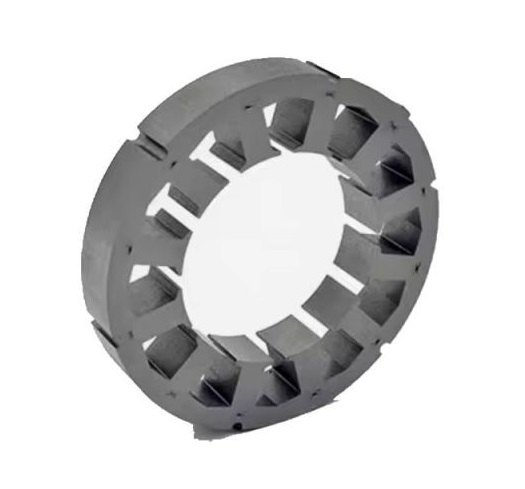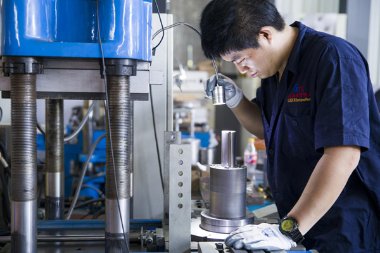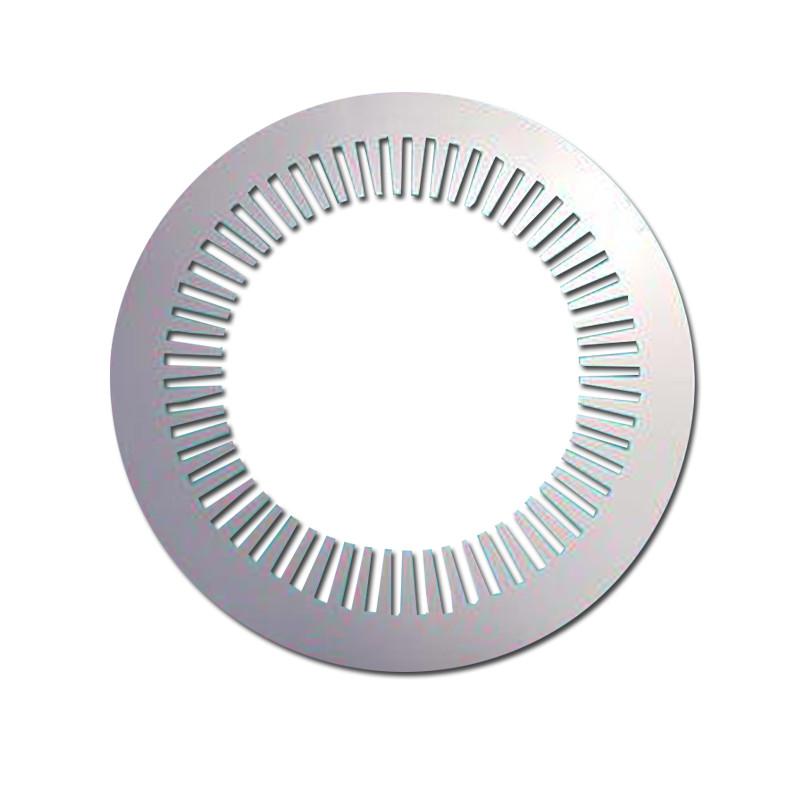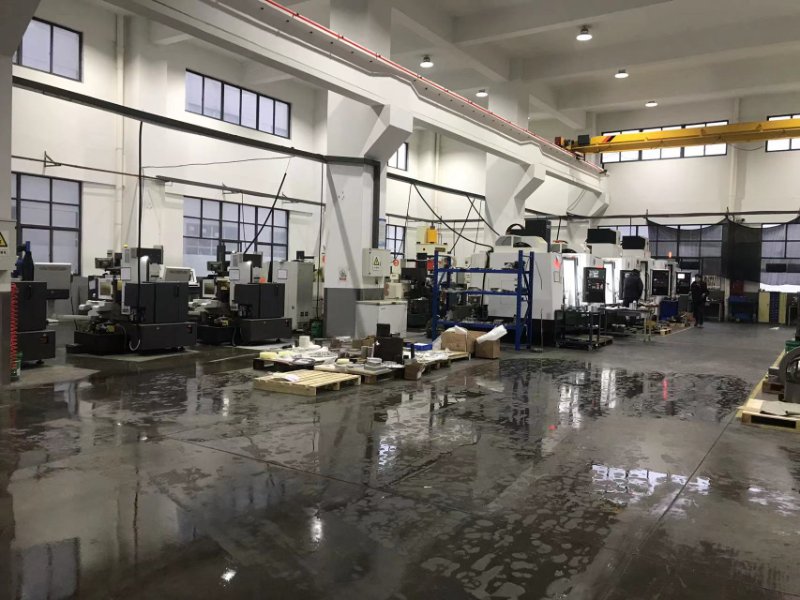The Role of Stator Core in Enhancing Efficiency and Performance of Electric Motors
The stator core is a critical component of electric motors, playing a pivotal role in their efficiency and performance. It serves as the stationary part of the motor, housing the windings that generate the magnetic field necessary for converting electrical energy into mechanical energy. This article explores the various aspects of stator cores, focusing on their design, materials, and the mechanisms by which they enhance motor efficiency and performance.
Understanding Stator Cores
What is a Stator Core?
The stator core is composed of laminated sheets of electrical steel, meticulously stacked to form a circular structure surrounding the motor's windings. This design not only supports the windings but also optimizes the magnetic flux within the motor. The laminations reduce energy losses due to eddy currents and hysteresis, which are critical for maintaining high efficiency in electric motors.
Functionality of Stator Cores
The primary function of a stator core is to create a magnetic field that interacts with the rotor to produce rotational motion. The core's design directly influences the motor's torque characteristics, efficiency, and overall performance. By minimizing losses associated with magnetic field fluctuations, stator cores ensure that more electrical energy is converted into useful mechanical work.

Importance of Lamination in Stator Cores
Eddy Current Losses
Eddy currents are loops of electrical current induced within conductors by a changing magnetic field. In solid metal cores, these currents can lead to significant power loss and overheating. Laminating the stator core reduces these eddy currents by increasing resistance to their flow. Each lamination acts as an insulator, thus minimizing power loss and enhancing efficiency.
Hysteresis Losses
Hysteresis loss occurs due to the continuous magnetization and demagnetization of the core material as it responds to alternating current. This process generates heat and consumes energy without performing useful work. Laminated cores help reduce hysteresis losses by providing a smoother surface for magnetic domains to align, thereby improving energy conversion efficiency.
Materials Used in Stator Cores
Electrical Steel
The most common material used for stator cores is electrical steel, particularly silicon steel. This material has excellent magnetic properties, allowing for efficient magnetic flux conduction while minimizing losses. The addition of silicon enhances the core's electrical resistivity, further reducing eddy current losses.
Advanced Materials
Recent advancements have introduced amorphous steel and nanocrystalline alloys as alternatives to traditional silicon steel. These materials exhibit even lower core losses and improved thermal conductivity, making them suitable for high-performance applications such as electric vehicles and industrial motors.

Design Considerations for Stator Cores
Lamination Thickness
The thickness of laminations is crucial in determining the extent of eddy current reduction. Thinner laminations generally yield better performance but may complicate manufacturing processes. Manufacturers must balance thickness with production feasibility to achieve optimal results.
Core Geometry
The shape and size of the stator core influence its magnetic field distribution and torque characteristics. Engineers design cores to maximize efficiency while accommodating specific application requirements, such as high-speed or high-torque operations.
Enhancing Efficiency through Design Innovations
Segmented Stator Cores
Segmented stator cores are an innovative approach where laminations are divided into smaller sections. This design simplifies winding processes, improves material utilization, and enhances overall performance by allowing for diverse material use tailored to specific operational needs.
Cooling Mechanisms
In high-power applications, overheating can be a significant concern. Advanced designs incorporate cooling channels within the stator core to dissipate heat generated during operation. Effective cooling extends the lifespan of the motor and maintains optimal performance levels.

Performance Benefits of Laminated Stator Cores
Improved Energy Efficiency
By reducing both eddy current and hysteresis losses, laminated stator cores significantly improve energy efficiency in electric motors. This enhancement translates into lower operational costs and reduced environmental impact due to decreased energy consumption.
Enhanced Mechanical Performance
The smooth surfaces provided by laminations facilitate efficient energy conversion from electrical to mechanical forms. This results in improved torque output and responsiveness in various applications ranging from household appliances to industrial machinery.
Noise Reduction
Laminated cores also contribute to noise reduction during motor operation. The dampening effect of multiple layers minimizes vibrations that can lead to audible noise, making these motors suitable for applications requiring quiet operation.
Applications of Stator Cores
Industrial Motors
In industrial settings, where efficiency is paramount, laminated stator cores are standard in electric motors used for pumps, conveyors, and other machinery. Their ability to maintain high performance under varying loads makes them indispensable in manufacturing environments.
Electric Vehicles
The automotive industry has seen significant advancements in electric motor technology, with laminated stator cores playing a crucial role in enhancing vehicle performance. High-efficiency motors contribute to longer driving ranges and better overall vehicle dynamics.
Home Appliances
From washing machines to refrigerators, laminated stator cores are integral components in many household appliances. Their efficiency helps reduce energy consumption while maintaining reliable operation over time.

Conclusion
The role of the stator core in enhancing the efficiency and performance of electric motors cannot be overstated. Through careful design considerations such as lamination thickness, material selection, and innovative geometries, manufacturers can significantly improve motor functionality while reducing energy losses. As technology continues to evolve, so too will the capabilities of stator cores—leading to more efficient motors that meet the demands of modern applications across various industries.




